A.J., would you help with fine fescue?
bestlawn
17 years ago
Related Stories
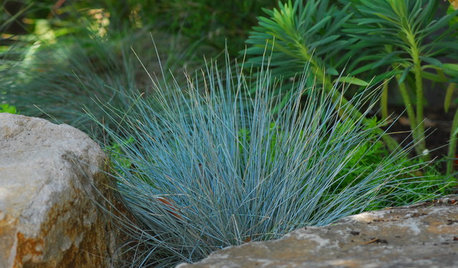
LANDSCAPE DESIGNGreat Design Plant: Blue Fescue
Is there anywhere this grass doesn't look great? Bonus: It outlasts other grasses in color and doesn't hog water
Full Story
SELLING YOUR HOUSE10 Low-Cost Tweaks to Help Your Home Sell
Put these inexpensive but invaluable fixes on your to-do list before you put your home on the market
Full Story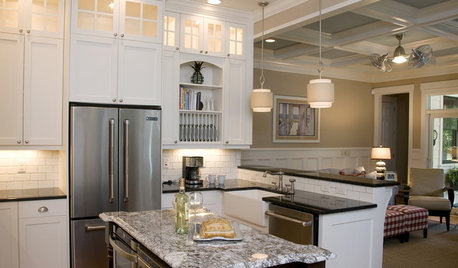
KITCHEN DESIGNStay Cool About Picking the Right Refrigerator
If all the options for refrigeration leave you hot under the collar, this guide to choosing a fridge and freezer will help you chill out
Full Story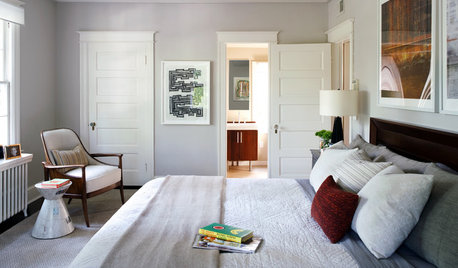
BEDROOMSHow to Choose the Perfect Bedsheets
Don't lose any shut-eye over scratchy or ill-fitting sheets; our mini guide to materials, thread count and fit will help you sleep tight
Full Story
KITCHEN APPLIANCESFind the Right Cooktop for Your Kitchen
For a kitchen setup with sizzle, deciding between gas and electric is only the first hurdle. This guide can help
Full Story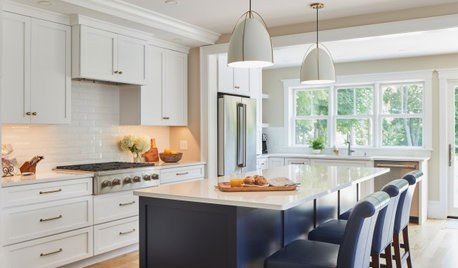
KITCHEN DESIGNPopular Cabinet Door Styles for Kitchens of All Kinds
Let our mini guide help you choose the right kitchen door style
Full Story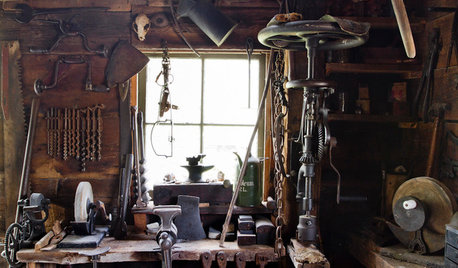
MATERIALSAre You a Maker? Show Us Your Favorite Tool or Material
Houzz Call: A tool or material can be a maker’s best friend. We’d like to see your favorite — and what it helps you achieve
Full Story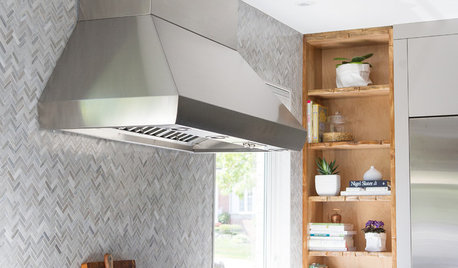
KITCHEN DESIGNKitchen of the Week: Function and Flow Come First
A designer helps a passionate cook and her family plan out every detail for cooking, storage and gathering
Full Story
DECORATING GUIDESHow to Decorate When You're Starting Out or Starting Over
No need to feel overwhelmed. Our step-by-step decorating guide can help you put together a home look you'll love
Full Story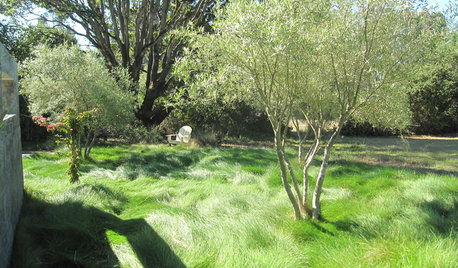
GARDENING AND LANDSCAPING7 Ornamental Grasses for Coastal Gardens
These hardy seashore plants evoke the ocean, sway in the breeze and help prevent sand erosion in the landscape
Full Story








ajer16
jimtnc
Related Professionals
Allen Landscape Architects & Landscape Designers · Edmond Landscape Architects & Landscape Designers · Arnold Landscape Architects & Landscape Designers · Birmingham Landscape Architects & Landscape Designers · Graham Landscape Architects & Landscape Designers · Lowell Landscape Architects & Landscape Designers · West Chester Landscape Architects & Landscape Designers · Middletown Landscape Contractors · Arlington Landscape Contractors · Cincinnati Landscape Contractors · Goodlettsville Landscape Contractors · Ridgewood Landscape Contractors · Roseville Landscape Contractors · Four Corners Landscape Contractors · Charleston Swimming Pool Buildersquirkyquercus
jarvinen
jarvinen